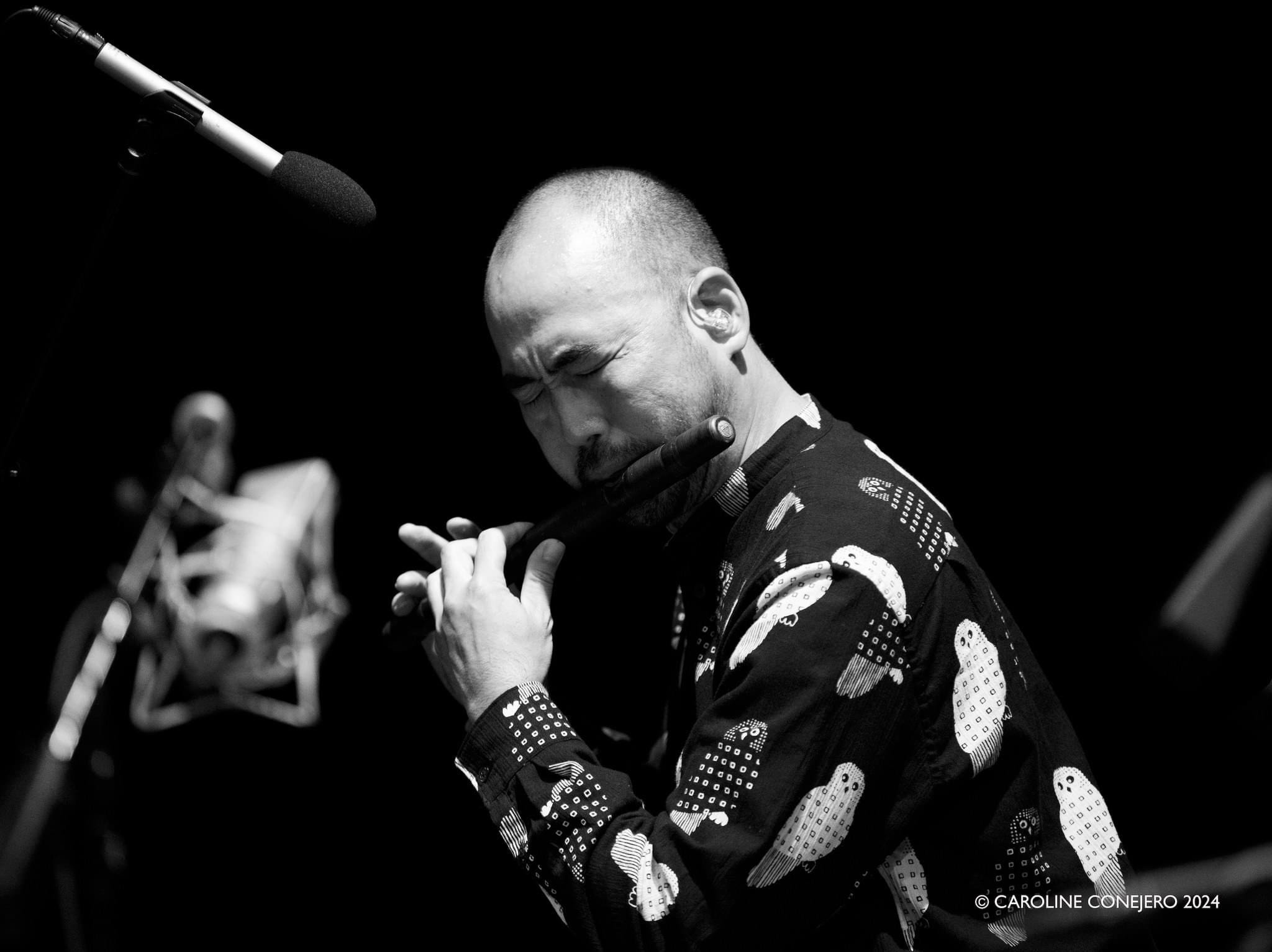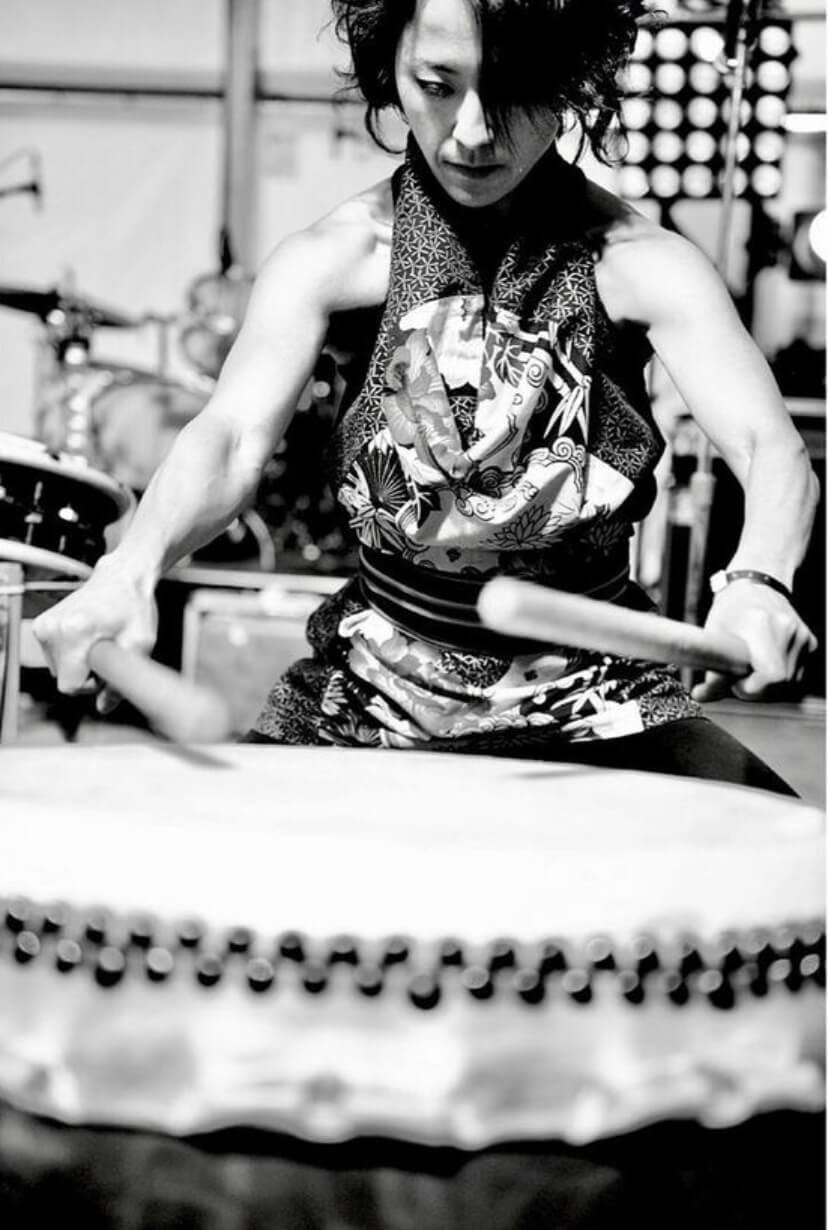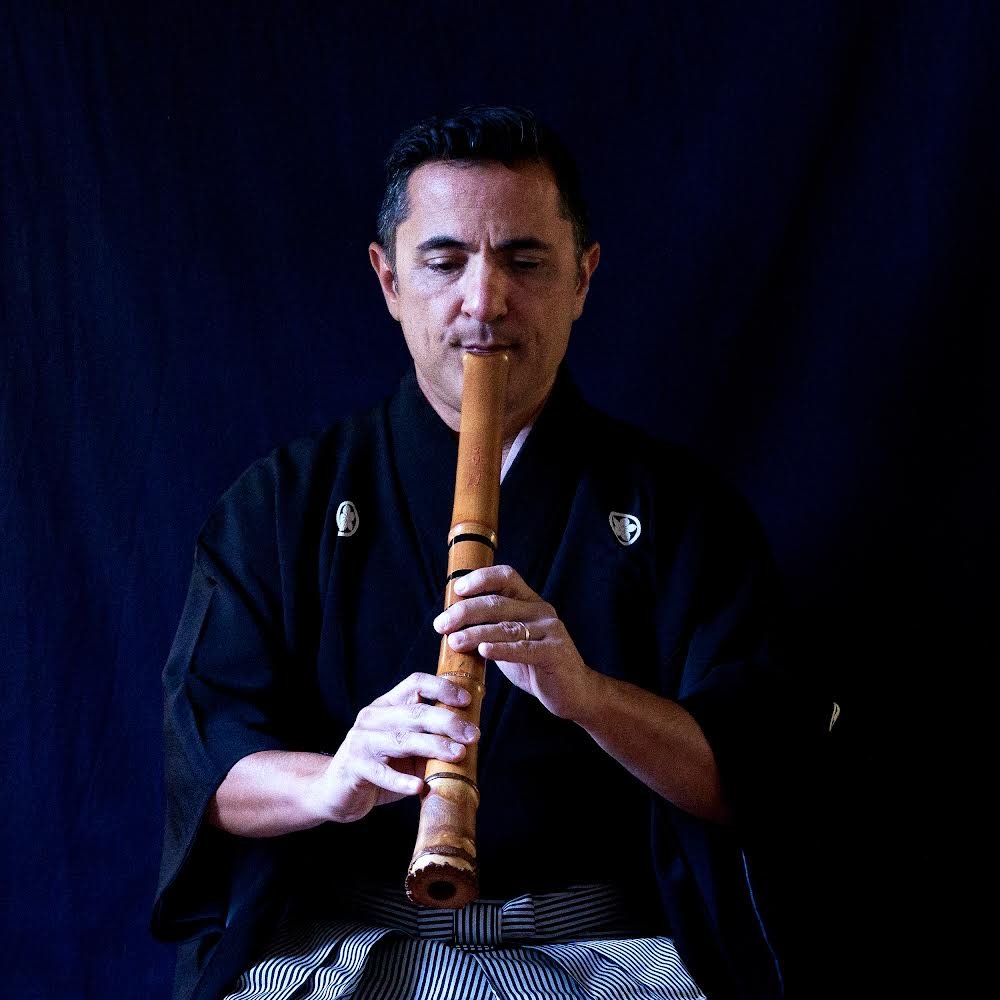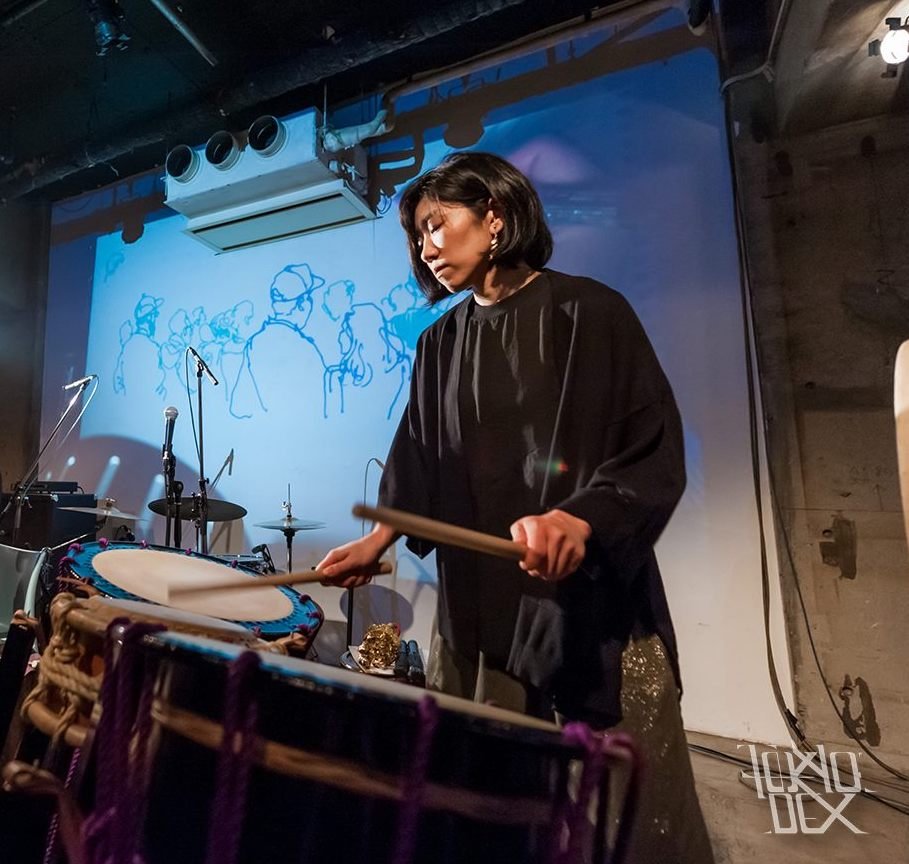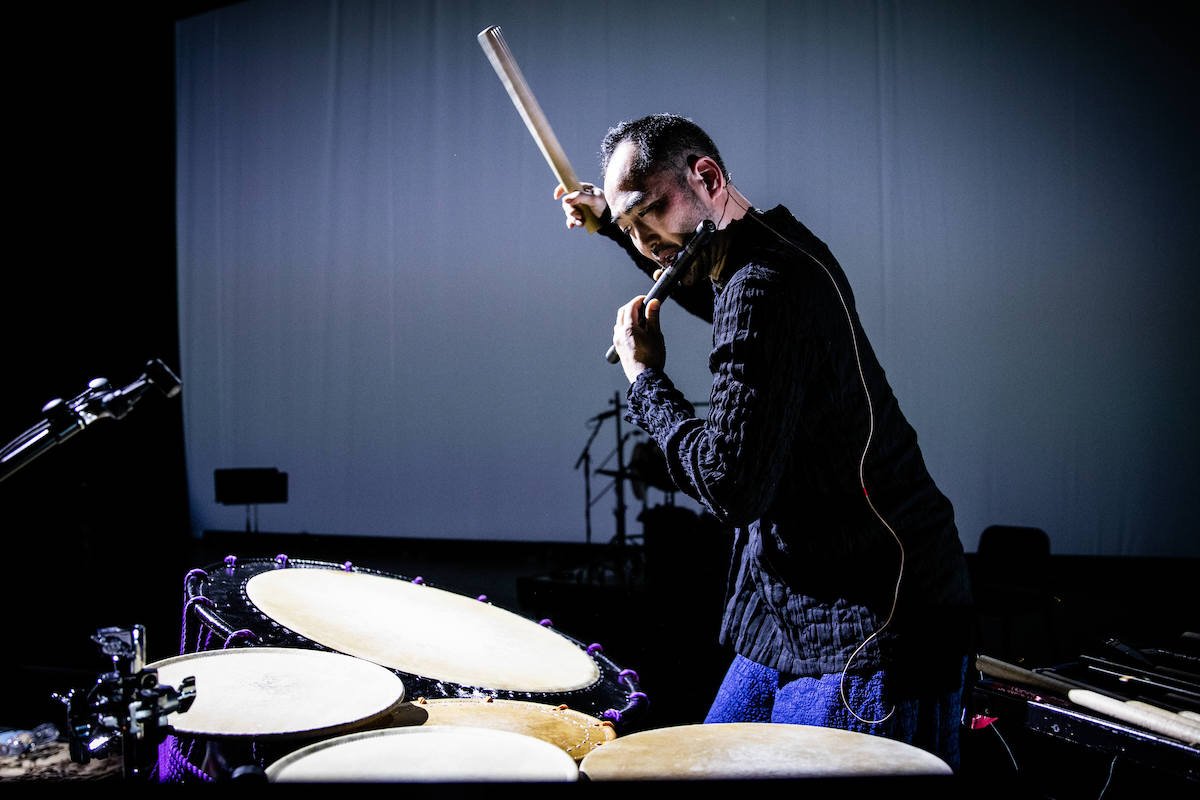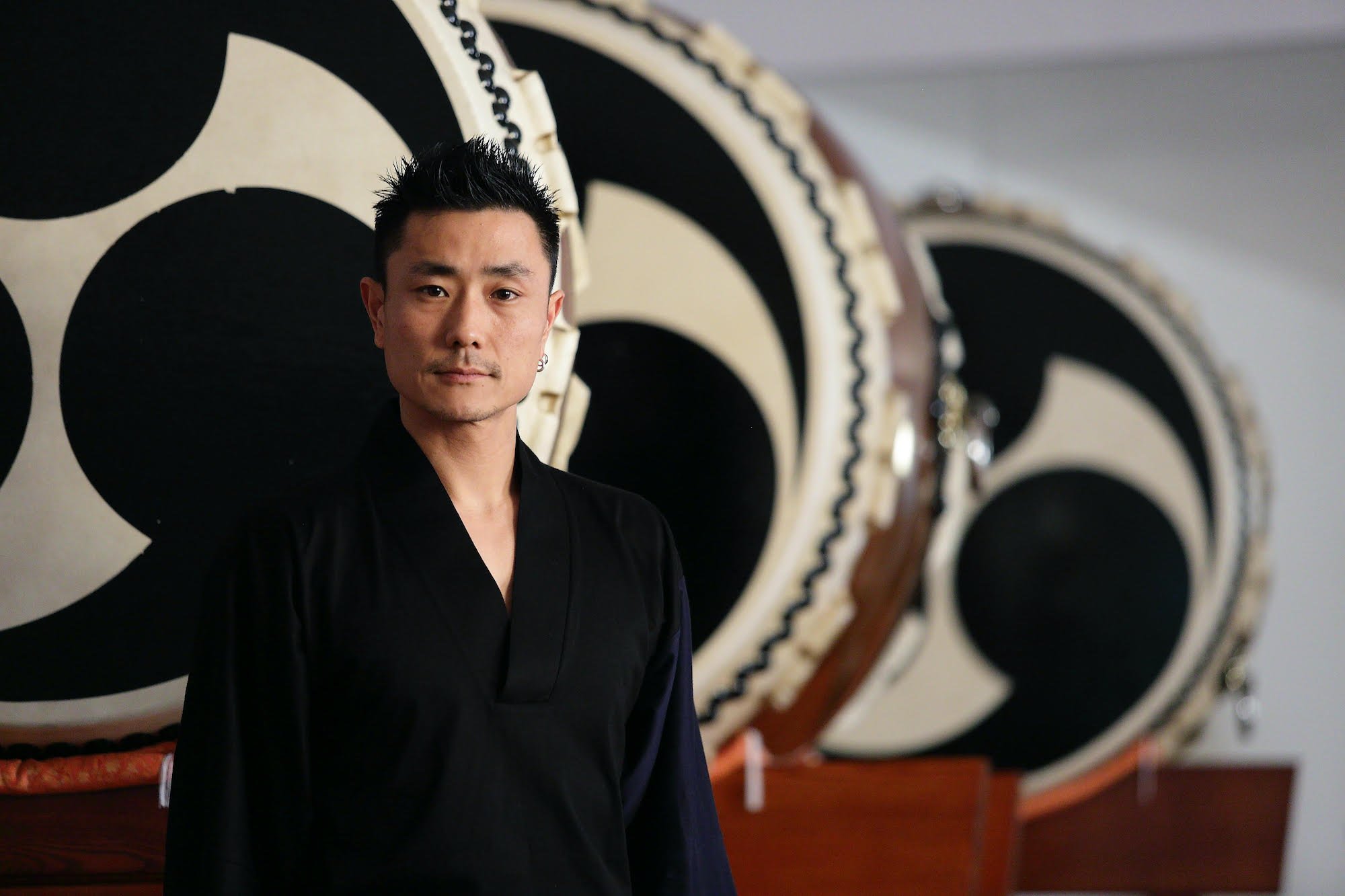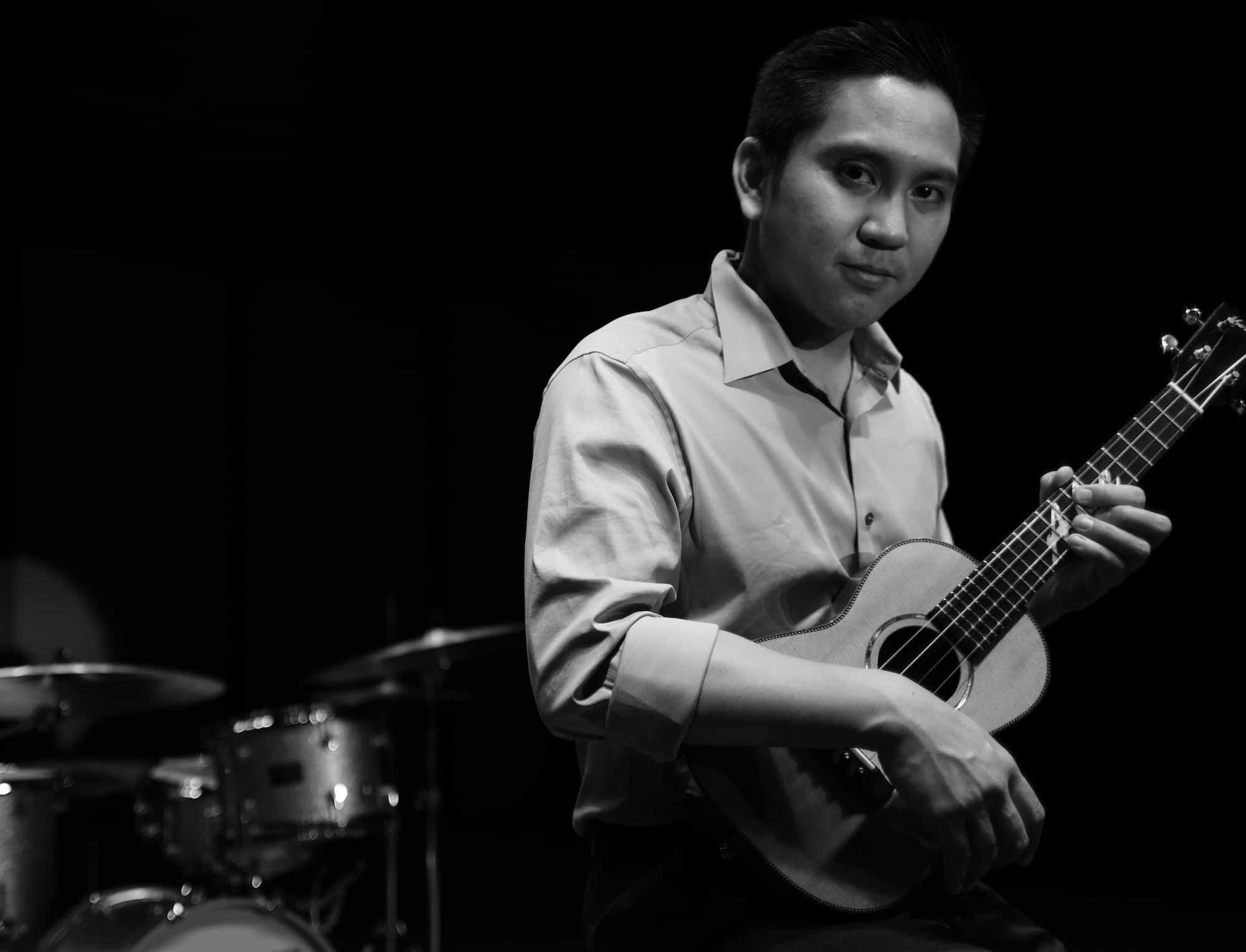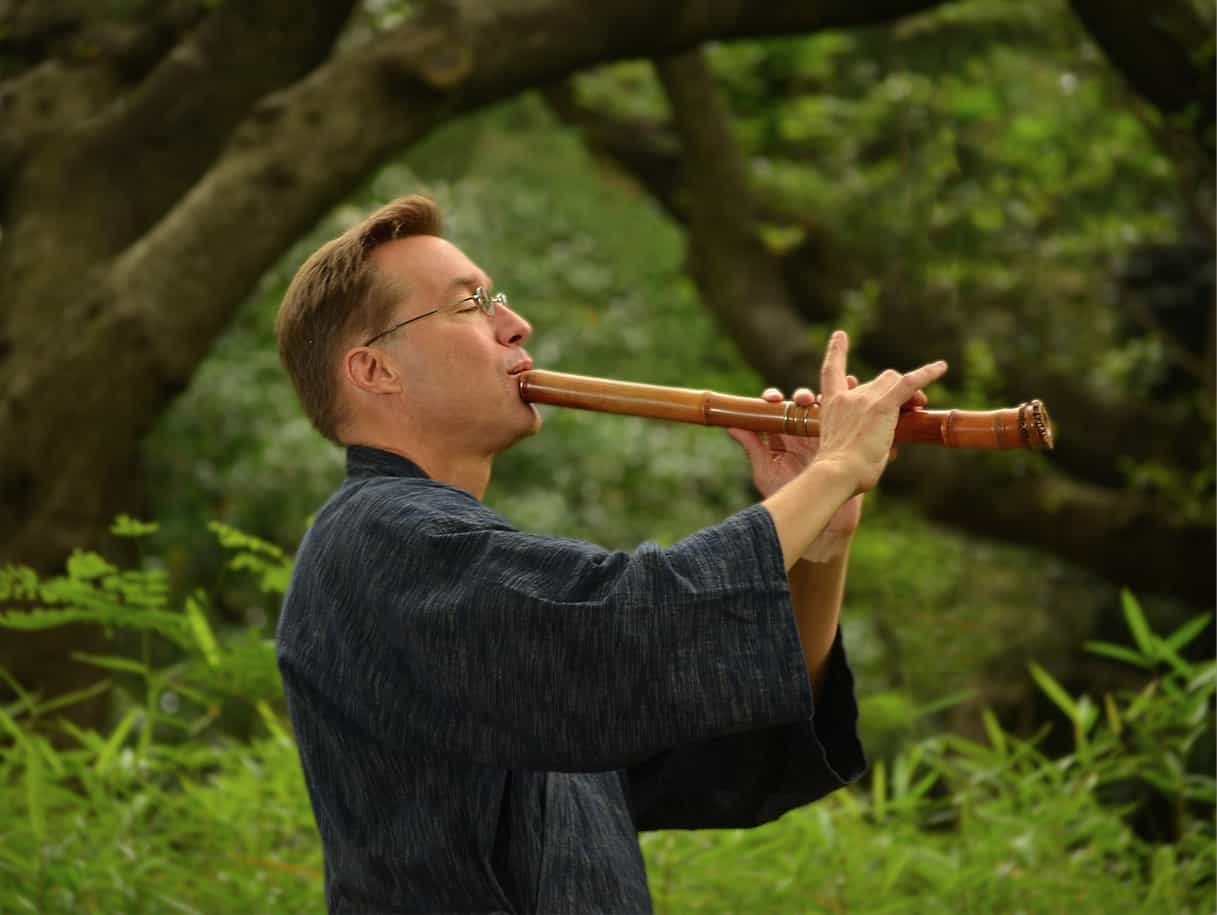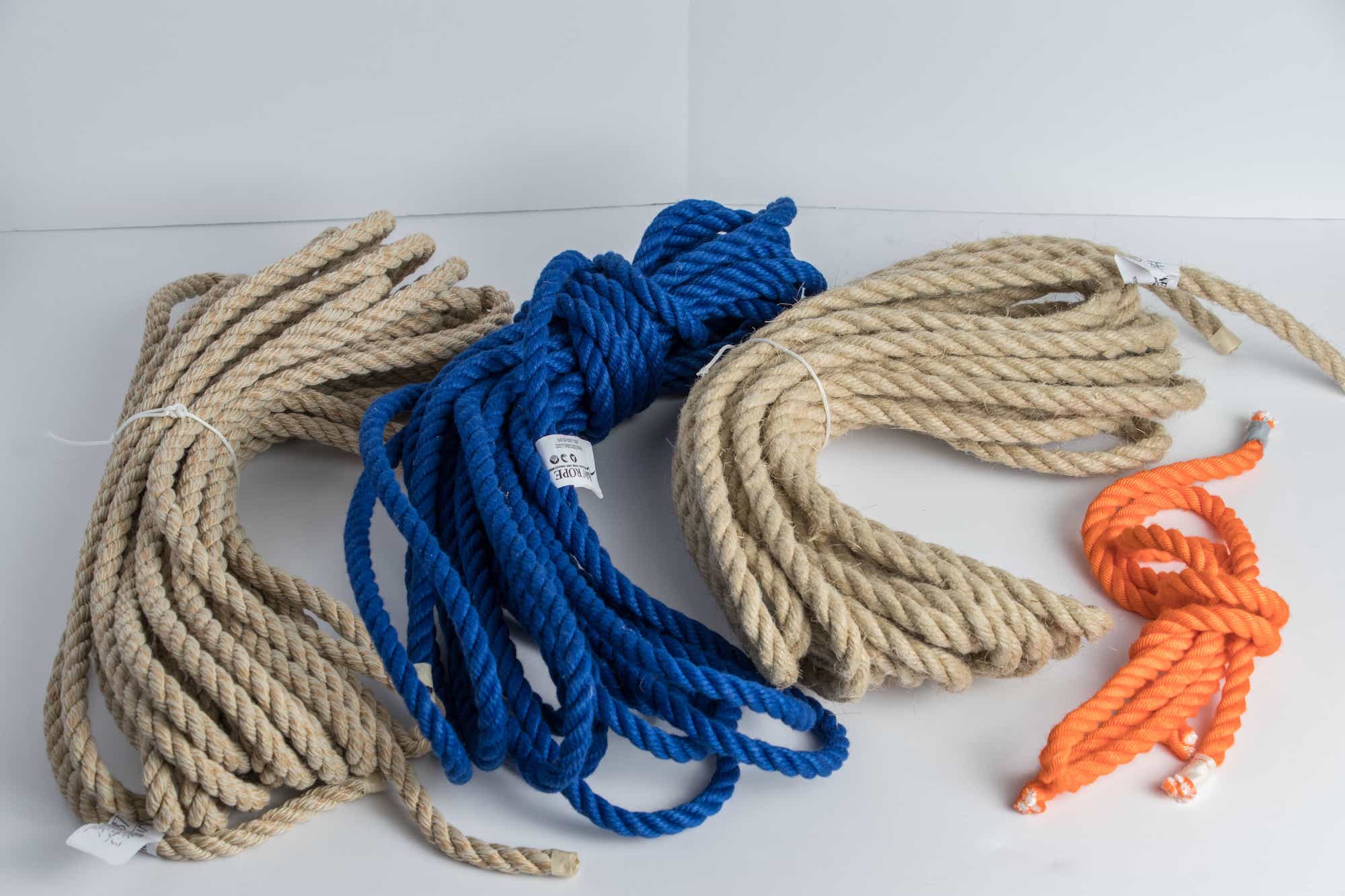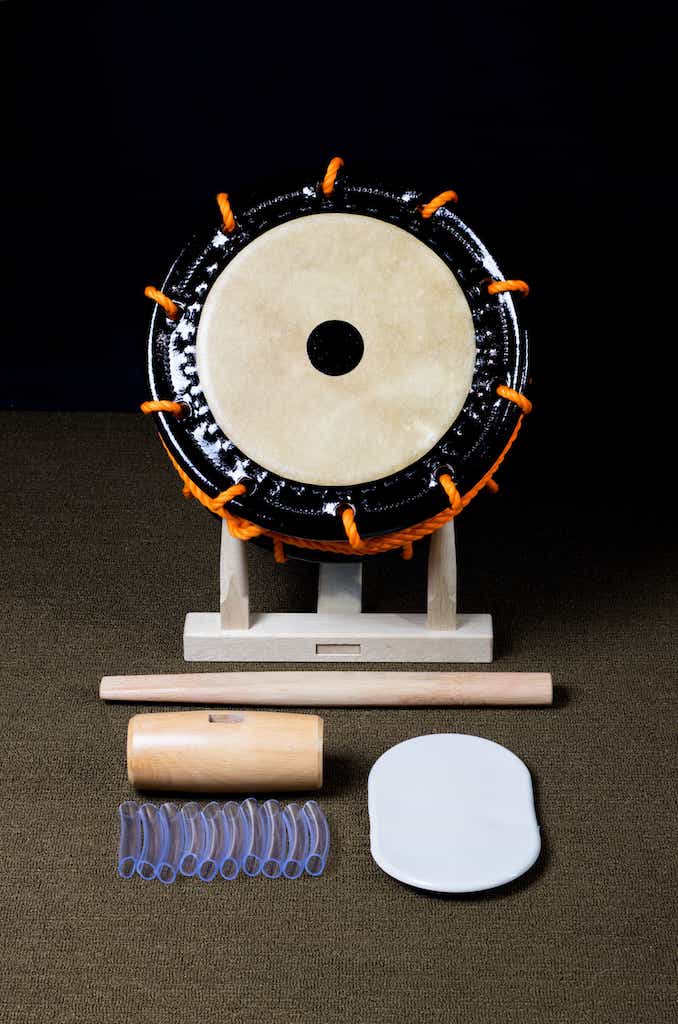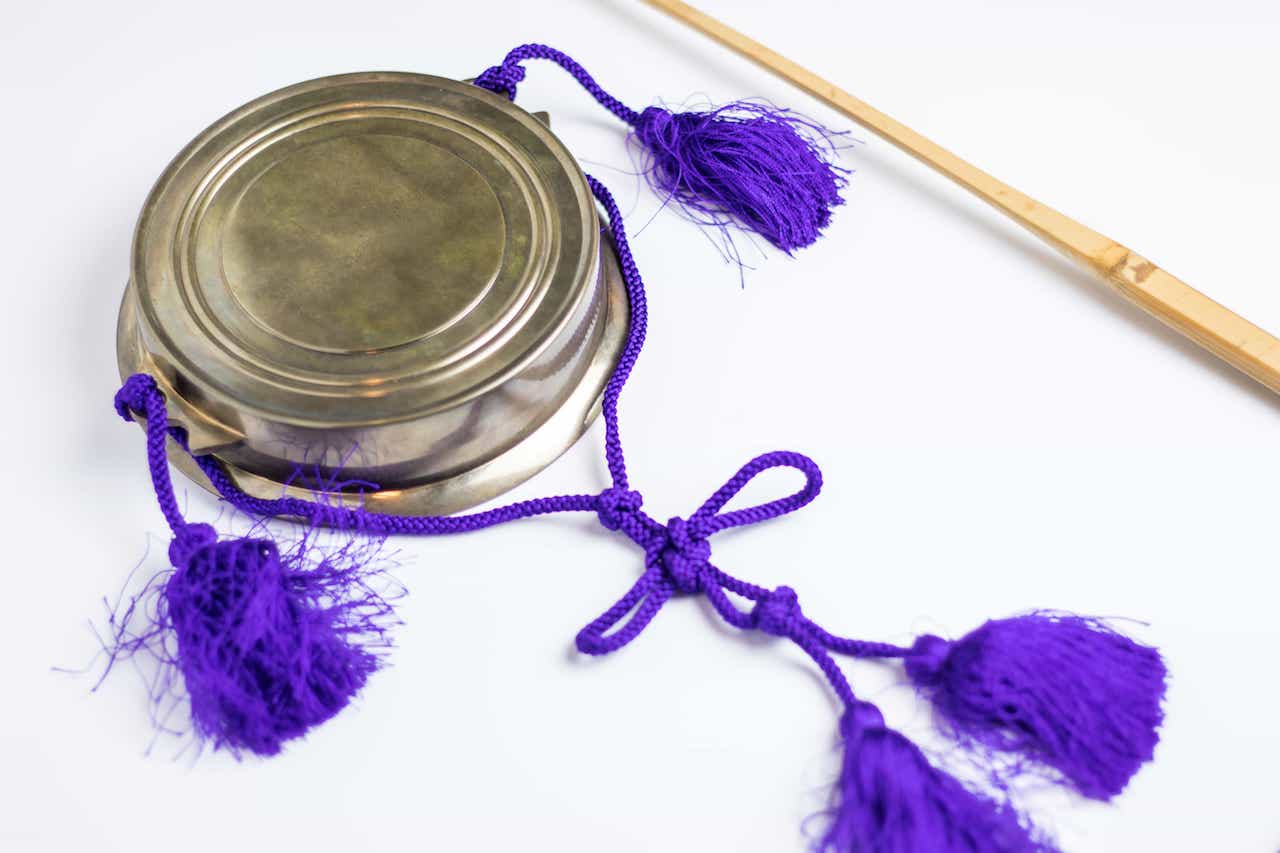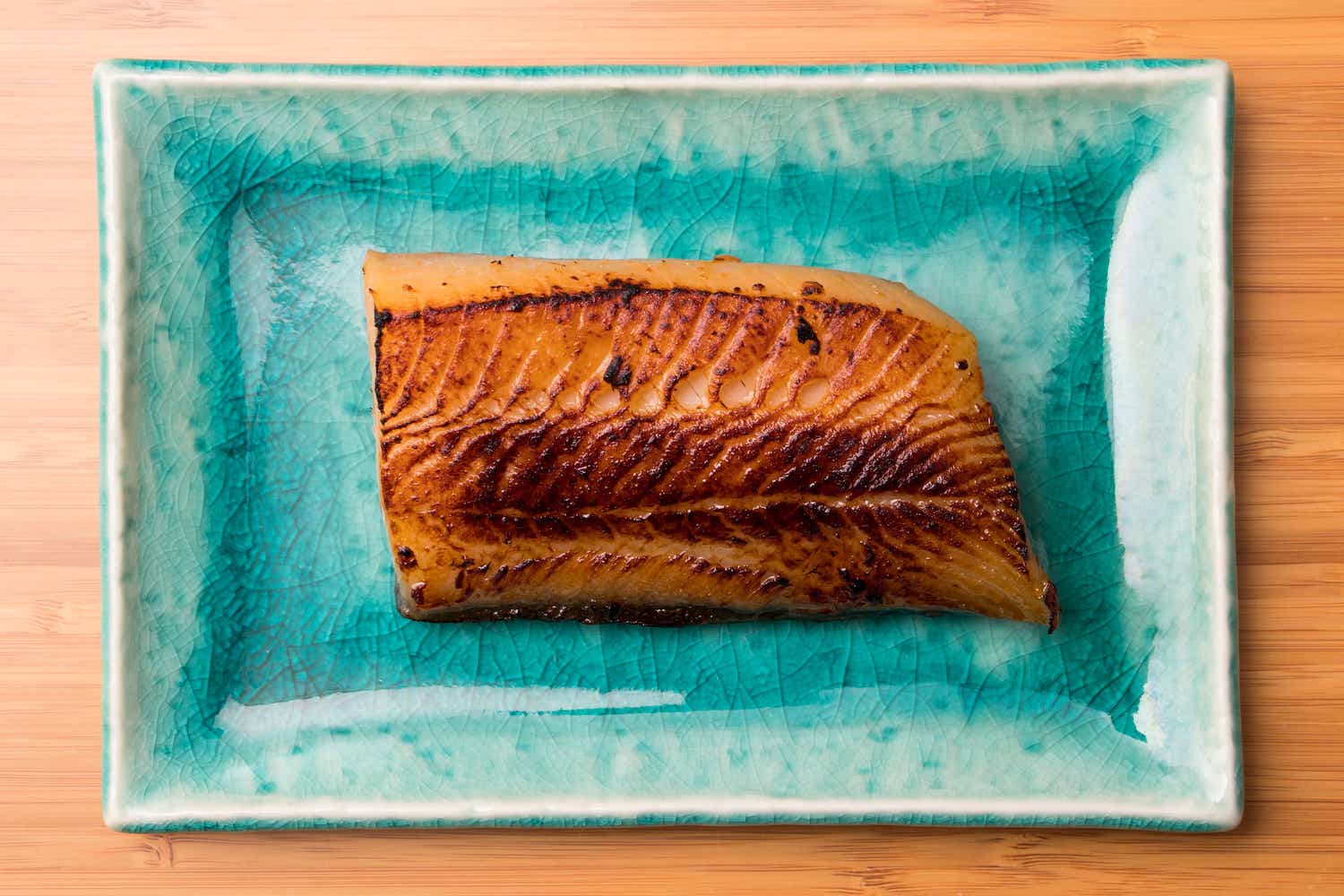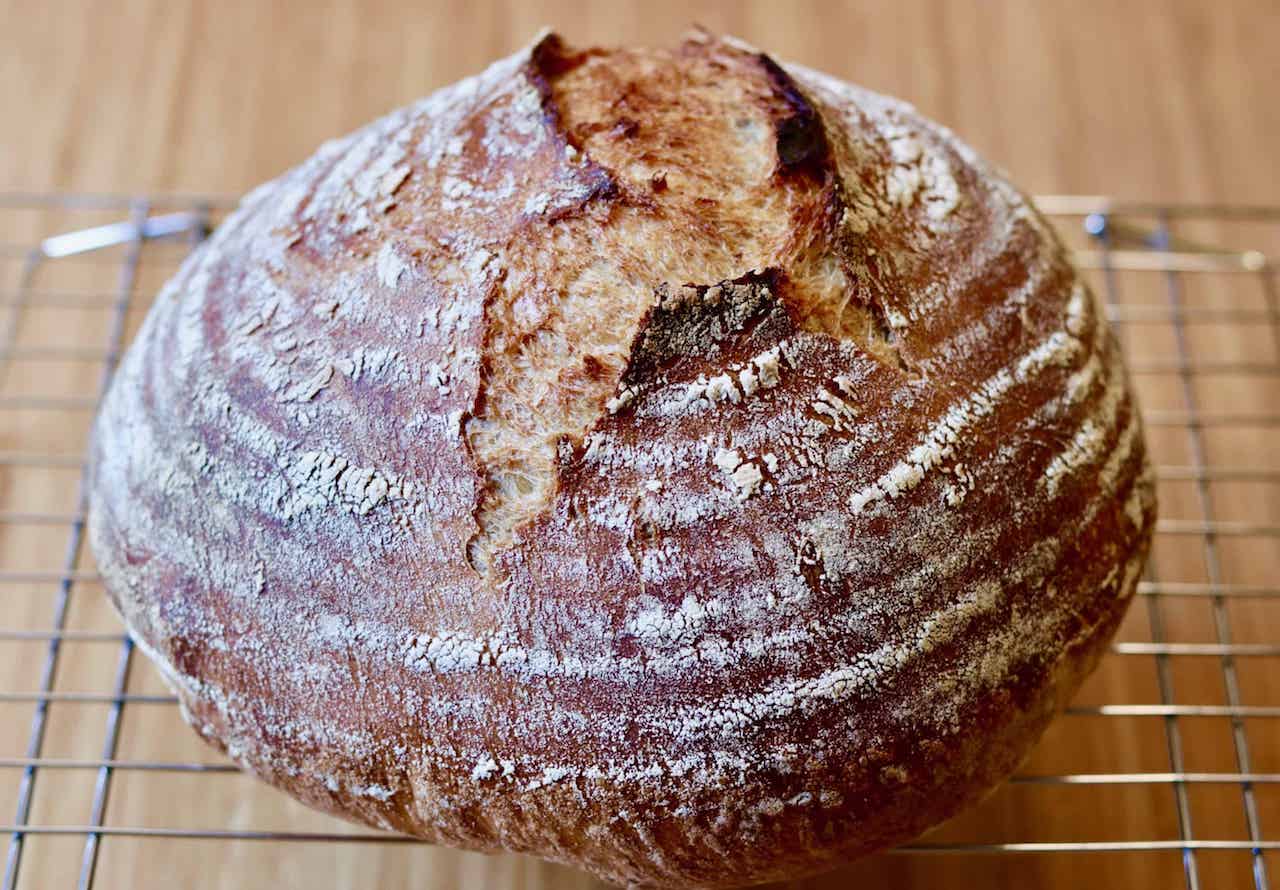Interview: multi-percussionist Patrick Graham talks music, sound, and groove

photo by Randy Cole
Recently I talked with Patrick Graham, a Montréal based percussionist who is doing really interesting work. The first time I heard Patrick perform live was in 2009 at the North American Taiko Conference (Los Angeles) evening concert as a guest artist with On Ensemble. I was immediately drawn to his playing and have become an even bigger fan as I've heard more of his music over the past seven years. In this interview, I asked Patrick about his background, musical training, his concept of sound and groove, and composing. His thoughtful conversation is in symmetry with his music so I would encourage everyone to check out the web links below for video, music, and additional details about his work.
Patrick's musical background and interests have a lot of overlap with my own. No wonder it was so much fun playing with him for an On Ensemble concert in the summer of 2014. It was one of those rare occasions where the music just comes together right from the beginning, as comfortably as if we had always worked together. It's a feeling that is hard to describe; maybe something like speaking the same dialect of our musical language. I also enjoy just hanging out with Patrick and talking about music or whatever. We live pretty far away from each other but I'm pretty sure we'll be collaborating in the near future. Here are some samples:
I have included music from Rheo, Patrick's album which came up in our conversation. The tracks excerpted in the interview are: King Worm, Liminality, Le Souffle M'envahit, Brilla, and Strata. It's a great album and I would recommend everyone checking it out at the links below.
From Patrick:
"I've been so fortunate to study with many fantastic teachers. I am indebted to them.
Bob Slapcoff at Vanier College, Pierre Béluse and D'Arcy Gray at McGill University, Trichy Sankaran, Glen Velez, Tokyo-based sensei Taichi Ozaki (stage name Kato Tosha), Kodo's Tomohiro Mitome led the taiko Koh-Kan workshops in 2000, Tetsuro Naito, Carlo Rizzo and Zohar Fresco."
